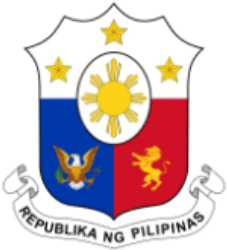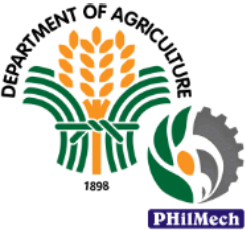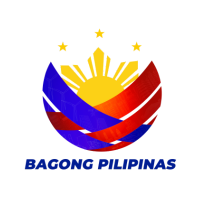

Development and Mechanization




Establishes, documents, implements and facilitates certification of an Integrated Management System (Quality Management System ISO 9001:2015, Environment Management System ISO 14001:2015 and Occupational Health and Safety Management System ISO 45001:2018).
Applies agricultural engineering principles and techniques to design, develop and adapt efficient, cost-effective and environment-friendly processes, instruments, tools, machines and facilities for mechanization of agricultural crop production and post-production that minimize human drudgery, increase productivity, minimize losses and maintain crop quality.
Undertakes R and D programs and projects on emerging thermal and non-thermal processing, packaging and storage of food products, and conversion of agricultural commodities and wastes into value-added and usable products using appropriate technologies.
Generates and validates ecologically and environmentally acceptable technologies in maintaining the quality, extending shelf life, ensuring safety and minimizing losses of agriculture and fishery products.
To provide support in the conduct of laboratory-based activities.
Conduct researches and studies on the socio-economic and policy implications of the PH systems and technologies out of the instruments, machines and implements developed which include level of stakeholders participation, cost-benefit assessment of said technology as well as environmental , social and competitiveness components to ensure the adoption of economically, socially and environmentally sound PH technology.
To enhance the capability of agricultural and fishery beneficiaries in engaging into viable agricultural mechanization and postharvest technology-based enterprises for national food security and farmers and fisherfolks’ prosperity.
Facilitates research and development results diffusion and utilization by using appropriate communication channels and modern information and communication technologies.
Spearheads the implementation of industry assistance activities in support of rice competitiveness enhancement program.
PMITD is responsible for the broad based program formulation, monitoring and evaluation of agency programs, project and activities and leads in the development, maintenance and application of information systems, information and communication technologies as inputs to the agency planning, management and operations.